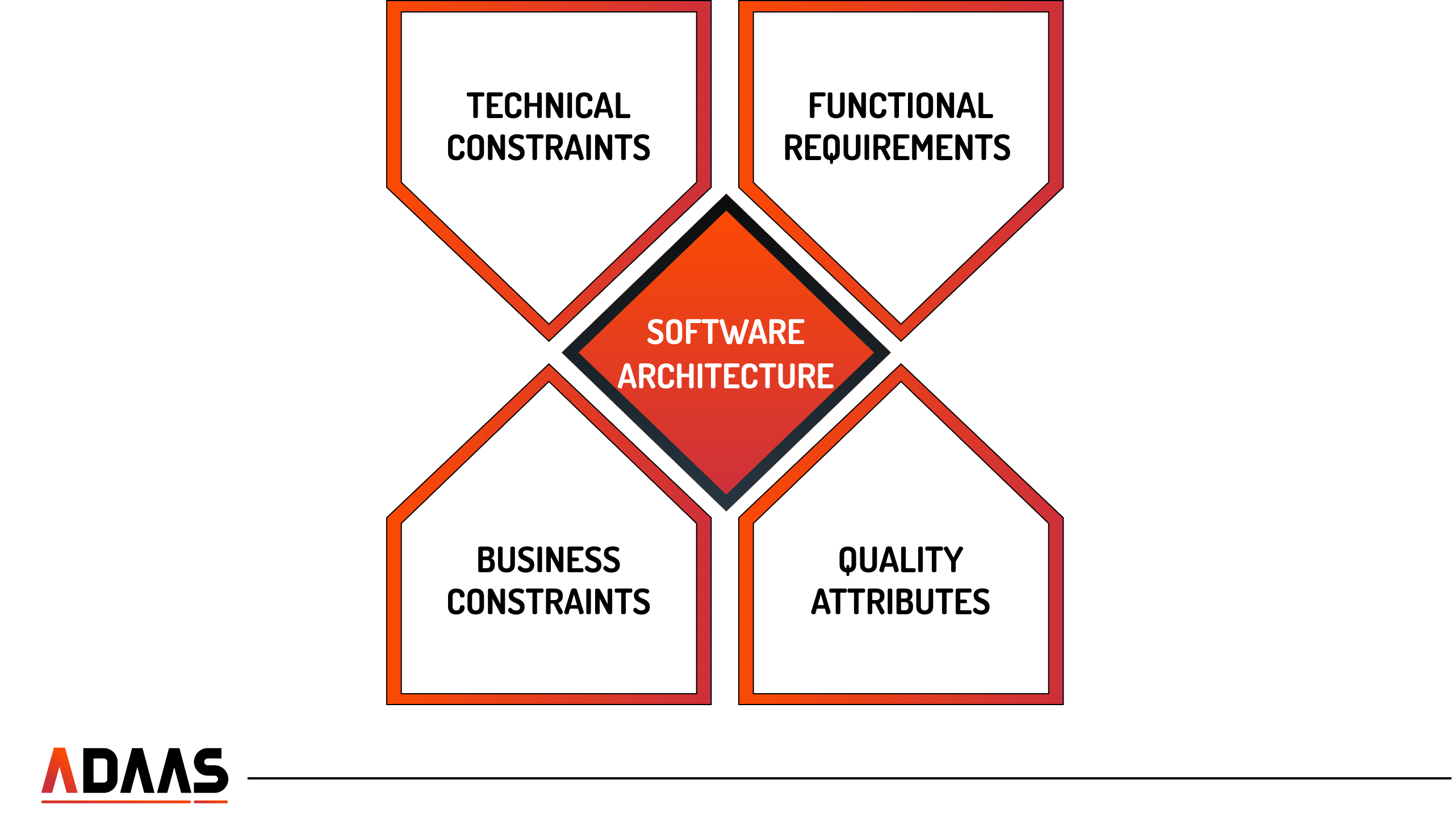ADAAS Insights
The Importance of Software Documentation for MVP: What You Need and Why
Discover the significance of software documentation for Minimum Viable Products (MVPs) and the essential documents to focus on. Learn how documentation can protect your business, attract investors, and align expectations with software development vendors. Explore the key documents, including SRS, architecture documentation, team structure, and usage scenarios, that will ensure clarity and facilitate effective collaboration.
Introduction
Software documentation plays a crucial role in the success of Minimum Viable Products (MVPs). It not only protects your business but also facilitates investor attraction and aligns expectations with software development vendors. In this article, we delve into the importance of software documentation for MVPs and identify the essential documents that you should prioritize.
Benefits of Proper MVP Documentation
Comprehensive MVP documentation offers several advantages:
- Investor Attraction and Protection
Well-documented MVPs demonstrate professionalism and provide potential investors with a clear roadmap of your product's development, enhancing their confidence in your business. - Accurate Estimation and Delivery
Clear documentation aids vendors in providing accurate estimations and ensures that the delivered product aligns with your expectations and requirements. - Effective Communication and Collaboration
Documentation serves as a communication medium, reducing misinterpretations and fostering effective collaboration among team members and stakeholders. It provides a shared understanding of the project's scope, features, and goals.
Essential Documents for MVP Software Development
- SRS (Software Requirements Specification)
Even if you have design files in Figma and notes outlining the desired features, it is essential to consolidate them into an SRS. This document helps vendors provide accurate estimates and ensures a shared understanding of project requirements. It acts as a reference point throughout development. - Architecture Documentation (HLSD)
An HLSD (High-Level System Design) document outlines the vision and structure of your system. While it's impossible to plan everything from the beginning, this document uncovers crucial details and specifies technologies, diagrams, and specifications for important system components. It also encompasses non-functional requirements, such as performance and scalability considerations. Presenting this document to potential investors demonstrates your plan for future development. - Team, Structure, and RACI
While not an actual document, it is crucial to define the team structure and roles within your MVP project. Assigning responsibilities and establishing a RACI (Responsible, Accountable, Consulted, Informed) matrix clarifies accountability and ensures effective task execution. - Usage Scenarios and Quality Attributes
To deepen understanding and assist potential vendors, outline usage scenarios and quality attributes. These documents help identify the necessary resources and allow Solution Architects or CTOs to align the technical aspects of the project. Collaborate with technical experts to capture the nuances of your product's usage and quality requirements.
Conclusion
In conclusion, software documentation is essential for MVP development. It safeguards your business, attracts investors, and aligns expectations with software development vendors. By focusing on key documents such as SRS, architecture documentation, team structure, and usage scenarios, you can ensure clarity, effective communication, and successful collaboration throughout the MVP development process. Embrace proper documentation practices and leverage its benefits to increase the chances of MVP success and the attainment of your business goals.
Let's Dive In — Contact Us to Learn More
If you identify any mistakes in the article, kindly inform us so that we can rectify them




